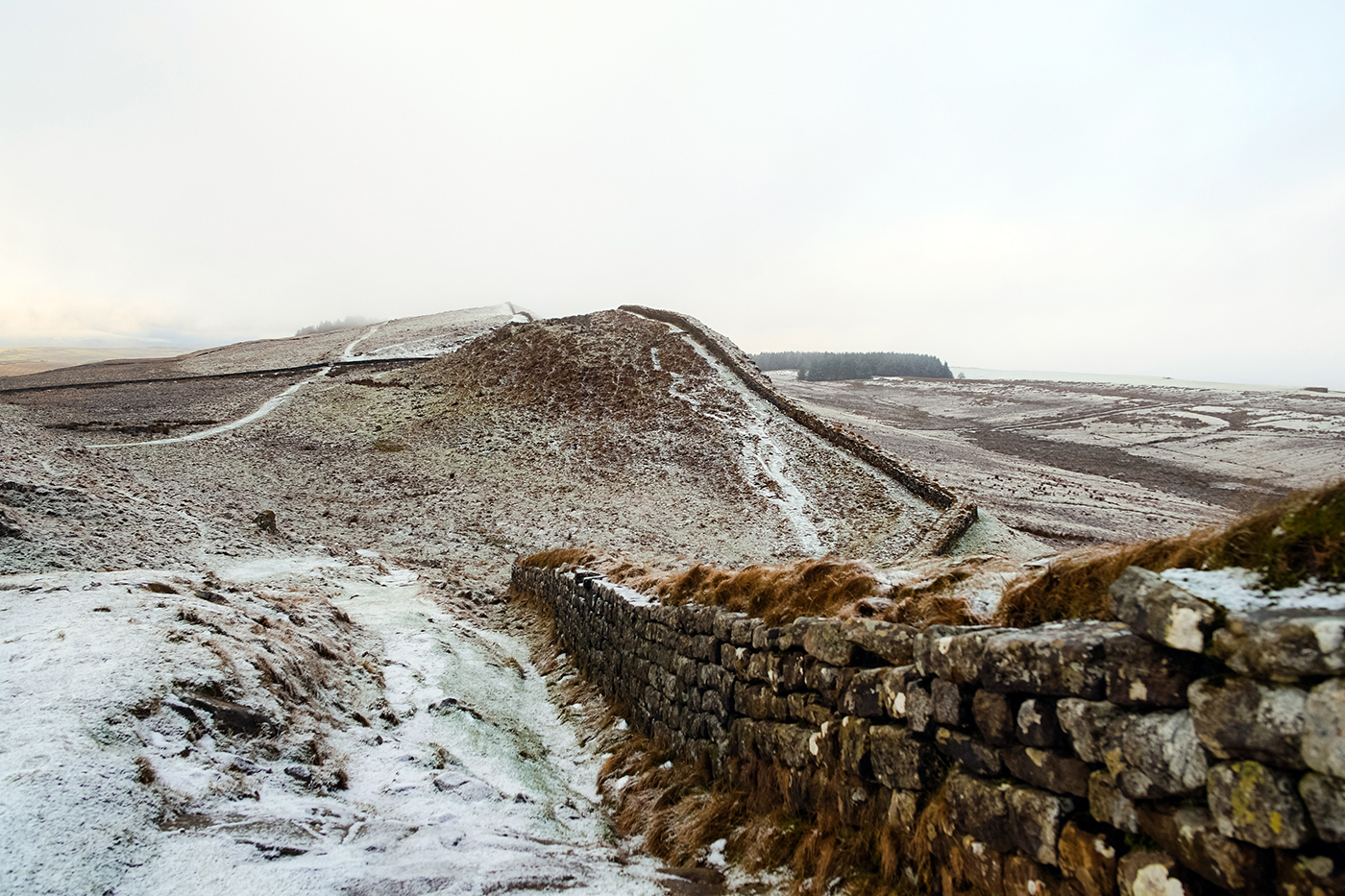The truth about the Roman army

Research by Dr Jonathan Coulston has led to more accurate representations of the Roman army, Roman soldiers and gladiators. Based on this research, museums around the UK have improved the classification and display of their Roman material, and it has helped a wide range of media companies across the world produce historically accurate representations of the Roman army.
Since Dr Coulston’s appointment at St Andrews in 1995, his research has deepened the understanding of the equipment and appearance of Roman soldiers, their representation in visual media, and their treatment by other communities in the Roman world.
His work is based on comparative study of equipment artefacts recovered from Roman military areas with the past and current representation of soldiers from across the territory of the former Roman empire.
The research culminated in a number of publications, including a second edition of Roman Military Equipment (2006) which surveys the appearance and function of the full range of military equipment and draws new conclusions about the evolution of Roman military equipment and the social status of the Roman soldier. The second edition was a large-scale expansion and revision of the first edition in order to take account of new developments in many areas of the field.
Roman Military Equipment helped improve the classification and public display of Roman artefacts in museums across the UK. One highlight of this was Dr Coulston’s time as an advisor to a restructuring project for Housesteads Museum on Hadrian’s Wall, a UNESCO World Heritage Site in north east England. Dr Coulston’s insights, which inspired the creation of the displays, provided a more personal and intimate narrative for audiences to experience in the collection.
Dr Coulston also conducted research into 750 surviving figural gravestones from across the Roman Empire which depict Roman soldiers as they wished to be remembered. He focused on perceptions of courage and cowardice by soldiers and veterans, and shed new light on the ancient evidence by comparing it with post-classical military cultures.
Following from his decades of research into the Roman army, Dr Coulston contributed to a number of media projects in order to produce accurate representations and interpretations. This has included various television documentaries across the world such as Truth Behind the Film: Gladiator for the National Geographic Channel. His contribution focused on gladiatorial experience and on the connections between soldiers and gladiators. Gladiators are often depicted in similar form to soldiers, despite the fact that they had a much lower status.
Dr Coulston was also able to provide a wealth of his own images and supporting text relating to Roman military equipment and iconography for the BBC website The Roman Army. The website provides information on a large scale that is otherwise difficult to access by the general public.
Coulston’s research has enriched the experience of various non-academic user groups in the UK, Europe and North America with a passionate interest in the Roman army, including Roman army re-enactors, modellers, illustrators and amateur historians, as well as members of the general public.
The Chair of Comitatus, a Roman reconstruction group, commented, “It is fair to say every re-enactment group uses Jon’s work to improve their presentation, and this in turn has an impact on the heritage industry. The standard of such off-the-shelf Roman equipment has noticeably improved over the past twenty years in part due to Roman Military Equipment. Computer and figure war gamers use Jon’s work to develop figurines and models, while military illustrators base their own reconstructions on Jon’s work.”
Impact
- Heritage management: improvement of museum displays. A number of UK museums have drawn on Coulston’s research in order to improve the classification and public display of their holdings. This was evident around the UK, for example at Hadrian’s Wall, as well as at the National Museum of Scotland where Coulston informed new displays on Roman material.
- Contributed to the creative sector: consulting work for media companies. Coulston regularly advises media companies seeking to meet the huge public demand for material on Roman military and gladiatorial culture.
- Cultural life: enriching the experience of our cultural heritage. Perhaps the most significant and enduring impact of Coulston’s research has been its impression on the wider public through media, gaming and tourism. Many re-enactors, modellers, illustrators and amateur historians around the world use Roman Military Equipment to inform their reconstructions of costumes and equipment.
Researchers involved
Credits
- Bishop, MC and Coulston, JCN, Roman Military Equipment from the Punic Wars to the Fall of Rome, Oxford, 2006
- Coulston, JCN, ‘”Armed and belted men”: the soldiery in imperial Rome’, in Coulston, J, and Dodge, H (eds.), Ancient Rome. The Archaeology of the Eternal City, Oxford, 2000, 76-118
- Coulston, JCN, ‘Art, culture and service: the depiction of soldiers on funerary monuments of the 3rd century AD’, in Blois, L (ed.), Impact of Empire VI, Amsterdam, 2007, 529-61
- Coulston, JCN, ‘Victory and defeat in the Roman arena: the evidence of gladiatorial iconography’, in Wilmott, T (ed.), Roman Amphitheatres and Spectacula: a 21st Century Perspective, Oxford, 2009, 195-210
- Coulston, JCN, ‘Courage and cowardice in the Roman imperial army’, War in History 20.1, 2013, 7-31. DOI: 10.1177/0968344512454518